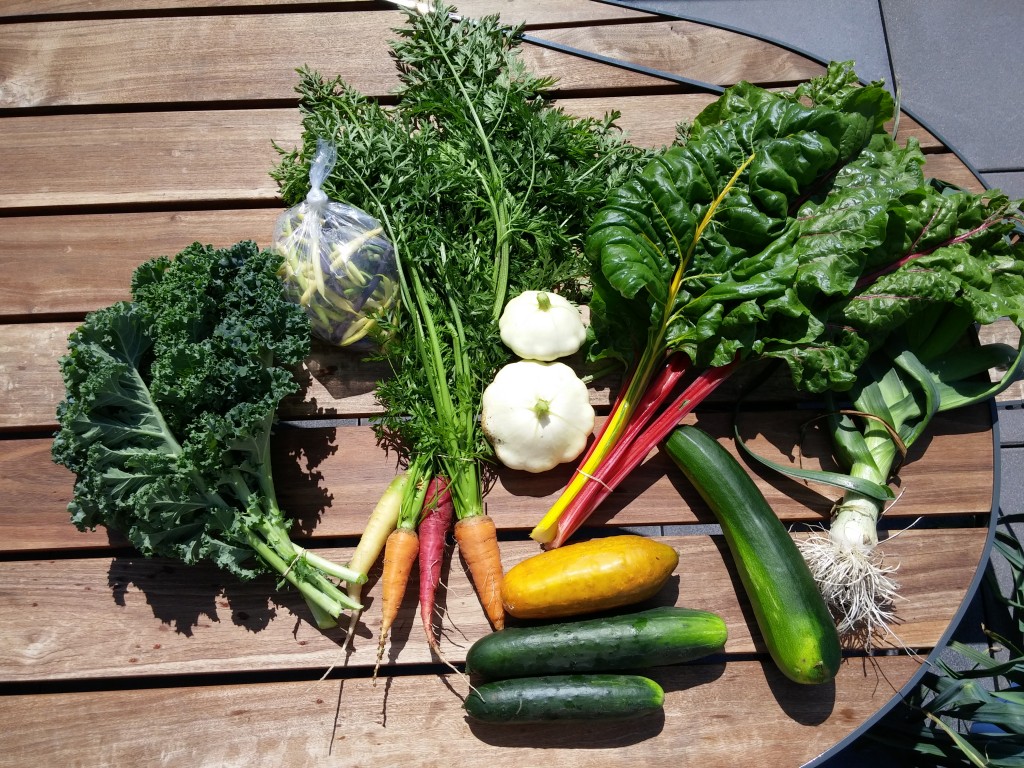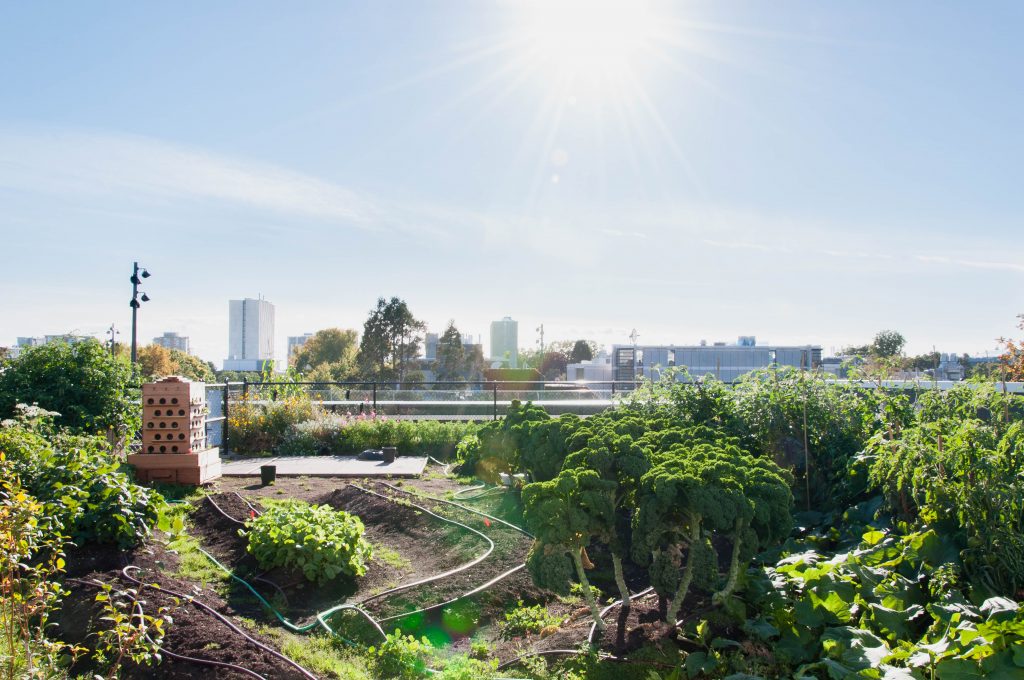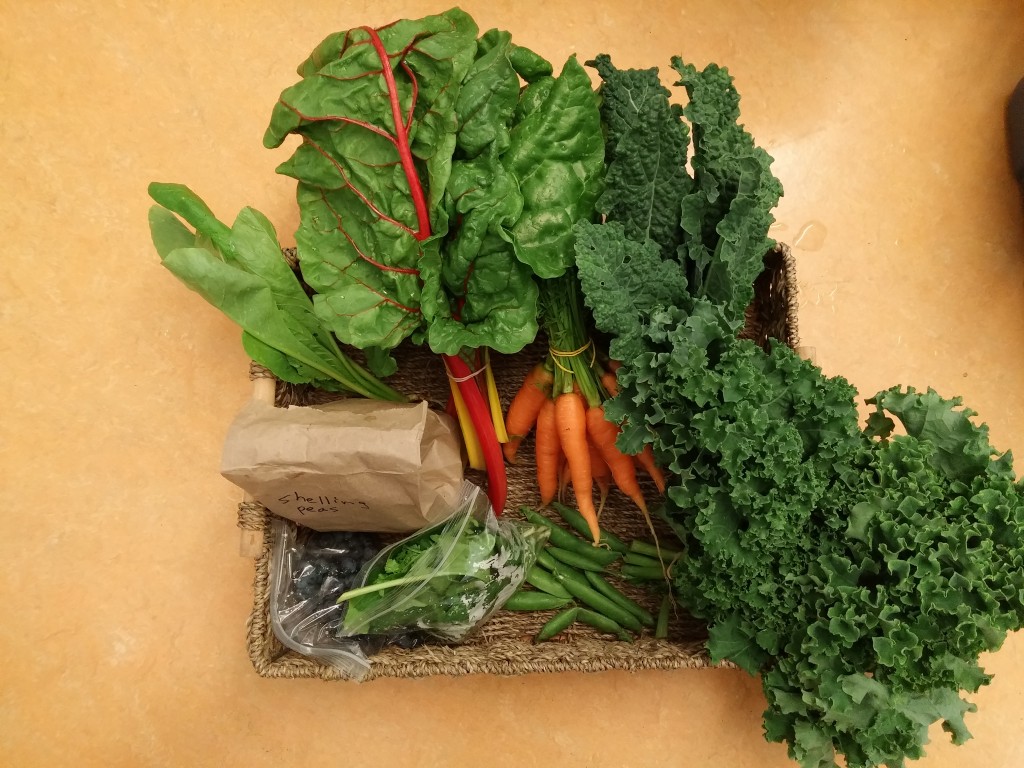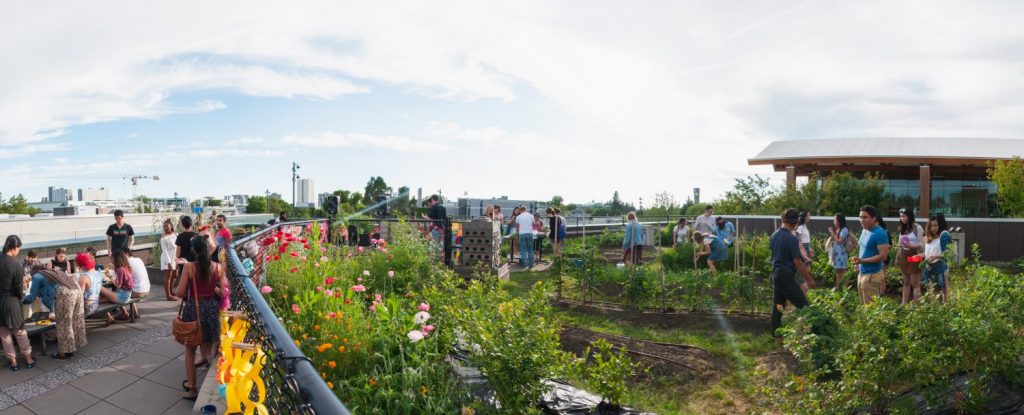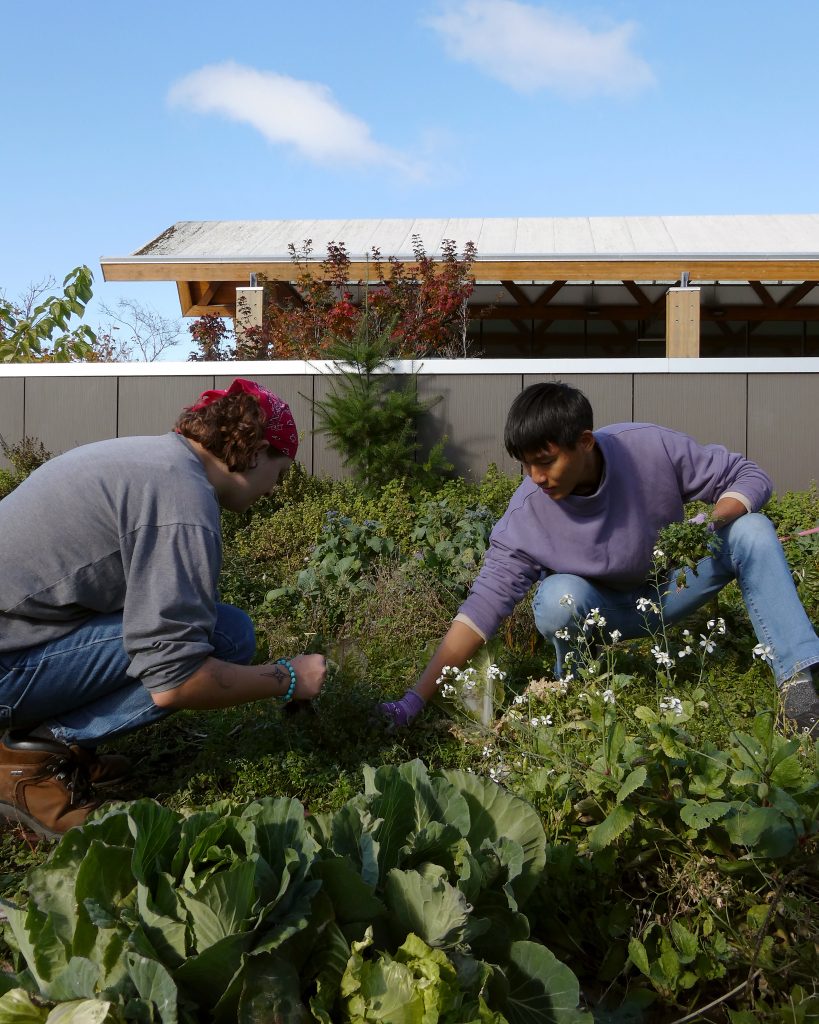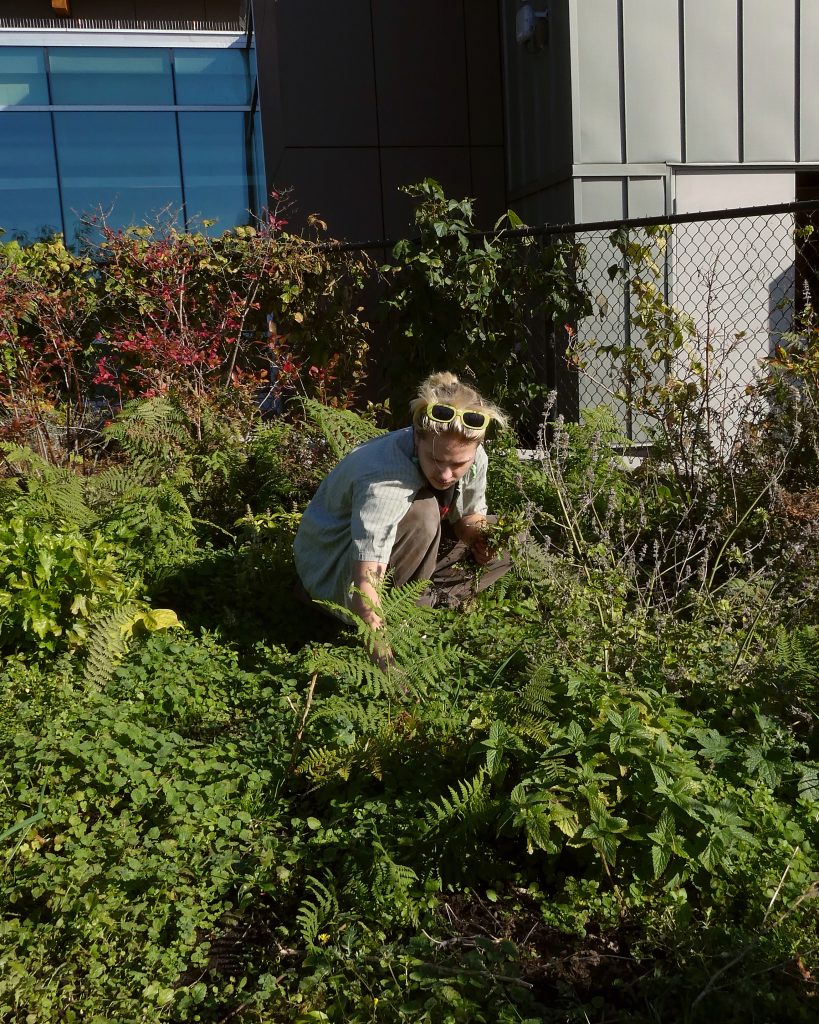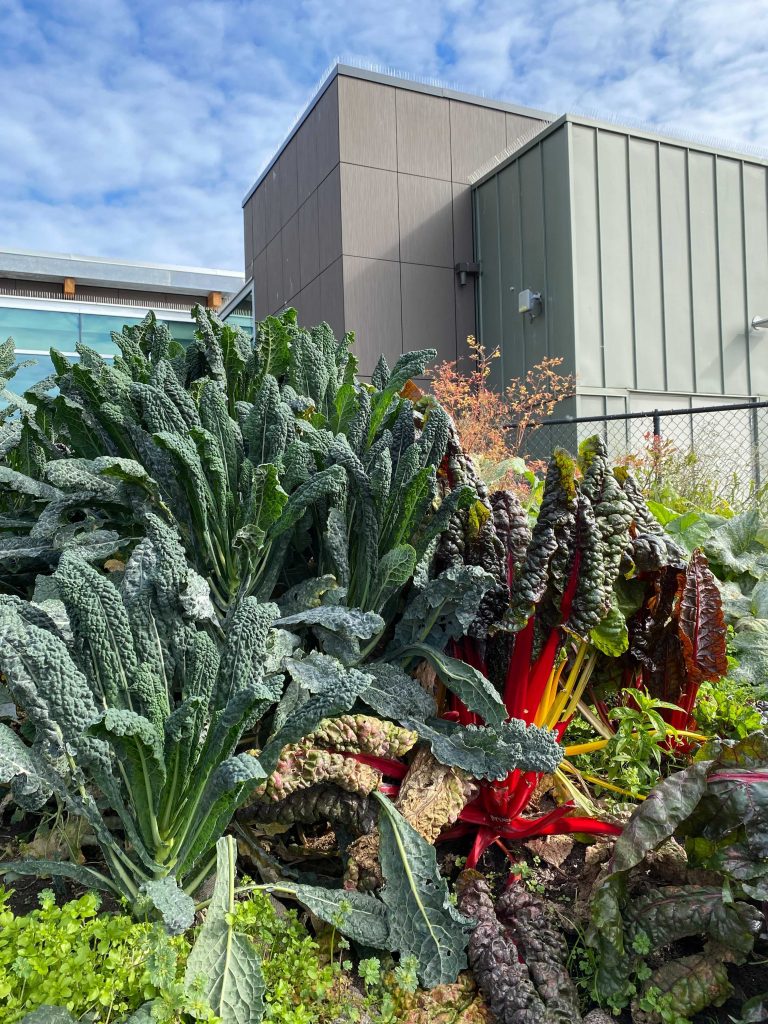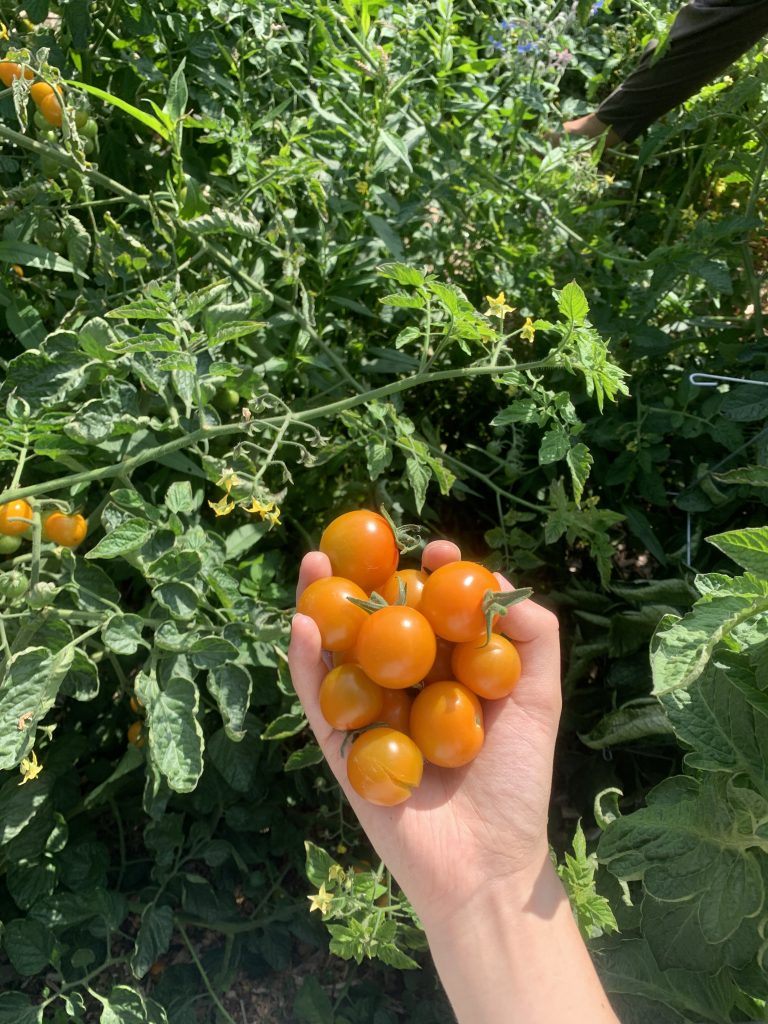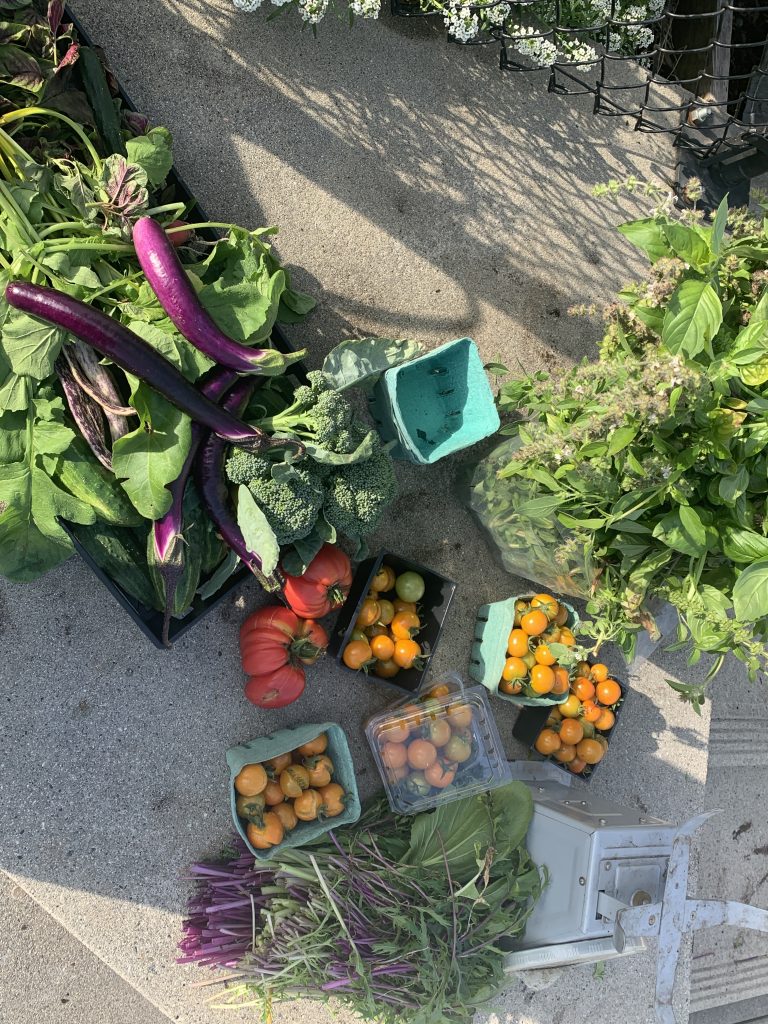Strawberries
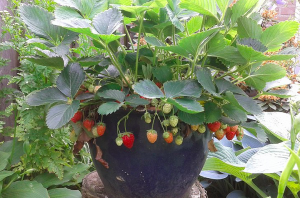
These resilient perennials are ideal for container growing, and do particularly well in raised beds. Buy starters from the nursery, and consider getting multiple varieties that fruit at different times in the spring for an ongoing harvest, depending on how many plants you intend to grow. Plant the starters in the early spring as soon as the soil can be worked, and space them space 30cm (12’’) apart. Strawberries will send out runners and spread over time. It’s a good idea to soak the roots of your plants for 5 minutes before transplanting them into the ground to minimize shock. Keep your strawberry patch well weeded and well watered for the first few months after planting, and for the first year pinch off any flowers as they appear to encourage strong root development. You won’t get any fruit the first year, but it will increase your yield in the second and following years. Once the plants die back in the fall, cover them with a layer of straw to protect them from the cold. Remove the straw in the spring when the threat of frost has passed.
Raspberries
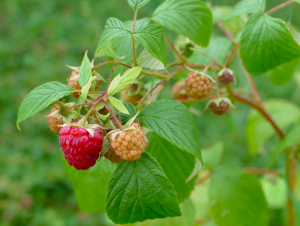
We’re all familiar with red raspberries, but you may not know that you can also grow golden and black raspberries, each with their own unique flavor. Raspberries will thrive in zones 3 to 10, provided you pick varieties appropriate for your region. You may also choose different varieties that will fruit at different points in the summer for a longer harvest. Buy root starts, which are pieces of raspberry roots. Amend the soil with lots of compost and soak the root starts in water for 6 hours prior to planting. Plant each root in a hole 30cm (12’’) deep and wide spaced 46cm (18’’) away from the other plants. It’s better to arrange your raspberries patch in rows than in clumps because the thorns will prevent you from reaching the fruit at the center of a clump. Raspberry plants can grow without support (ours do) but if you want to keep your patch well maintained, use a T-bar trellis to support the tall plants as they fruit. In the fall the plants will die back, leaving tall, dead stalks behind. In the spring while the plants are still dormant, cut down these dead stalks to 2.5cm (1’’) above the ground.
Blueberries
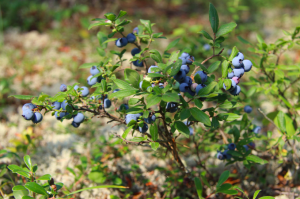
There are many different types of blueberries. Whichever you choose, make sure they get full sun, otherwise they will produce pitiful, sour fruit. There are even more varieties, some of which well suited for container gardens. Buy 1 to 3 year old plants from the nursery and plant them in the fall, or in the spring if you’re gardening in a region with frigid winters. Blueberries prefer a soil between 4.0 to 5.0, which is unusually acidic. Amending the soil with granulated sulfur the fall before planting will help acidify the soil. Mulching with pine needles will help as well, while retaining moisture. Mix compost into the soil before planting as well. Make sure to pinch off flowers on newly set plants to ensure they grow well, and after 4 years begin pruning in the later winter to early spring while the plants are dormant to stimulate new growth. For highbush blueberries, cut back any broken, short, weak, or drooping branches. Lowbush plants should be cut down to ground level. As the berries begin to turn blue and ripen, it’s a good idea to cover the plants with netting. These delicious fruit are also a favorite of birds, and they will get to them before you do otherwise.
Blackberries
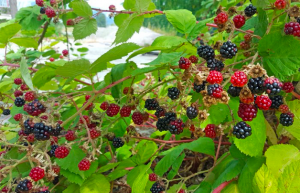
Blackberries are resilient and easy crop to grow, but for the sweetest fruit place them in full sun. However they can survive and produce in deep shade, unlike almost any other garden plant. Buy plants from a nursery, and plant them 1m (3′) apart. The roots are sensitive to sunlight, so pick a cloudy day for planting. After the bush stops producing, cut back any stems that bore fruit to ground level, leaving behind stems that did not fruit. This will help stimulate new growth while keeping your plants from becoming a thorny mess. Like raspberries, blackberries can also benefit from a T-bar support, but it is not essential.

